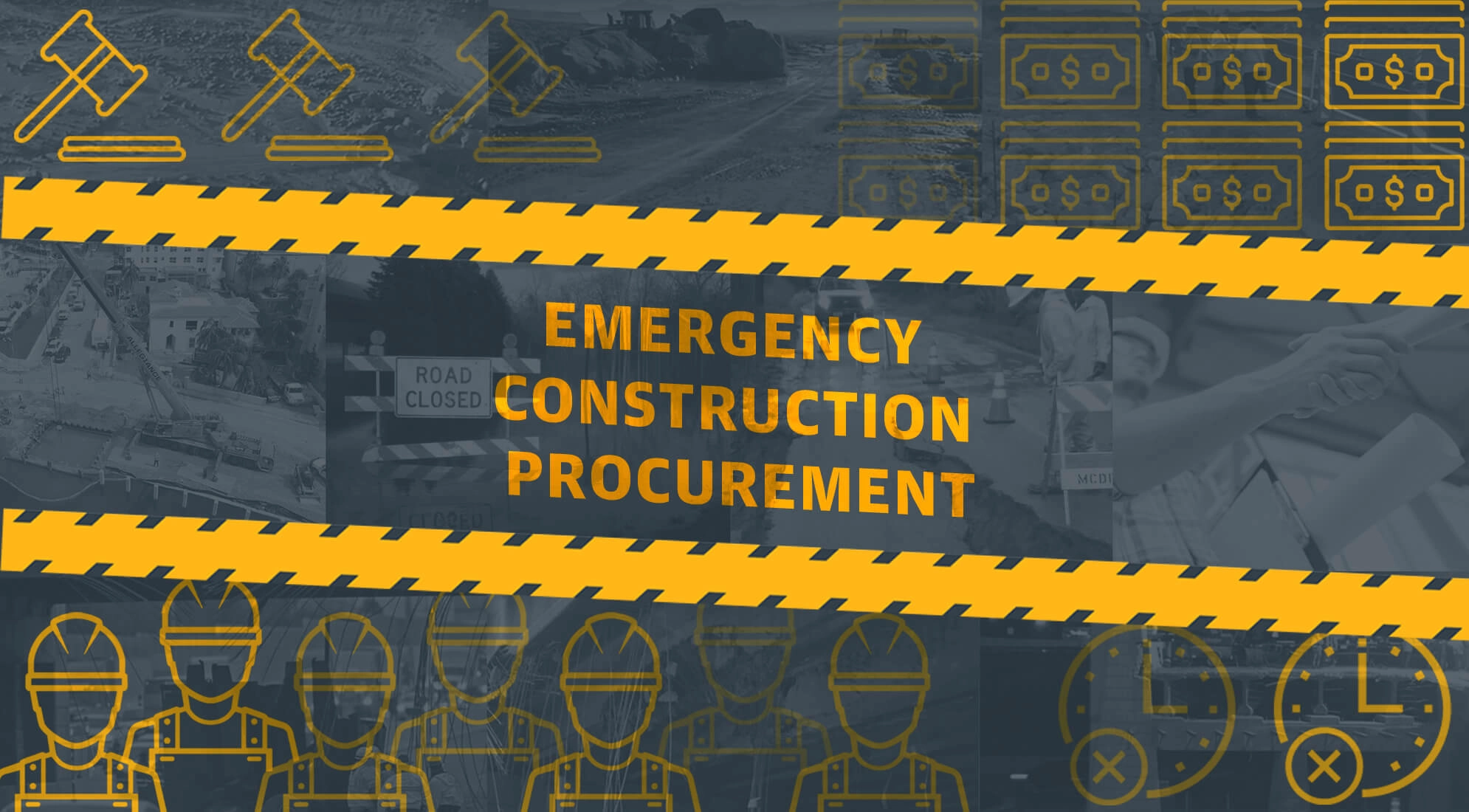Natural disasters and emergency situations can strike anytime, anywhere. And when they do, healthcare providers shine by caring for those affected. But what if your own facilities have been damaged in a disaster? You know any delay in repairing the damage will directly impact patient care. So how can you mitigate a potential loss of services? By bolstering your facilities before a disaster hits and having a fast and reliable construction strategy once it does. Here’s a short guide to securing your facilities so your healthcare team can be heroes in your community’s time of need.
Three-Step Prep for Mitigating Risk to Healthcare Facilities
As with every discussion about strategy, preparation is key. But it’s one thing to talk about preparations and another to take the actions necessary to ensure you’re prepared. When it comes to mitigating the impact of a disaster or emergency, I recommend a three-step preparation.
Step One: Conduct a Thorough Facilities Conditions Assessment (FCA)
An FCA allows you to better understand risks that could result in a loss of utilities or infrastructure if an emergency strikes. It also defines the facility services required to ensure your facility continues to deliver quality patient care. This process goes deeper than a required Hazard Vulnerability Analysis (HVA). That extra level of comprehensiveness means you can rest assured that no stone was left unturned when analyzing your facility for potential risks.
Step Two: Prioritize Facility Needs
The second step is building consensus among senior leaders about which maintenance and repair projects identified in the FCA should hold priority, including agreement on how to allocate funding. While such projects aren’t as glamorous as new construction, there is good reason to bump maintenance and repair projects toward the top your priority list. For every $1 spent maintaining your facility today, you save $3-4 catching up on deferred maintenance tomorrow. Having these conversations ahead of an emergency means you’ll have a plan to follow if one does occur. And we could all use a little less second-guessing in our lives.
For every $1 spent maintaining your facility today, you save $3-4 catching up on deferred maintenance tomorrow.
Step Three: Have a Process in Place
The third step of risk mitigation is deciding on a project delivery method that will help you complete the prioritized projects in as timely a manner as possible. As you know, an expedited response often comes with premium pricing. But it’s not set in stone that an accelerated project must carry an emergency response price tag. Using an alternative construction procurement method allows you to save significant costs and time by bypassing the traditional, time-consuming competitive bidding requirements. My best recommendation for an alternative method is Job Order Contracting (JOC). If you’re unfamiliar with the JOC method, here’s a brief rundown for you.
The JOC delivery method allows you to deliver on various projects in a timely and transparent manner using one competitively-awarded contract. Job Order Contracting relies on firm, preset prices that are agreed upon at the beginning of the contract, so no negotiation between the organization and contractors is needed, even in the case of emergency. Removing the negotiation phase alleviates the distrust that can build between owners and contractors, which makes the project a more pleasant experience and also significantly speeds up timelines.
Springing Into Action
So far we’ve been discussing how to prepare your facility before a disaster hits. But these same actions can also help in the aftermath of a disaster. While you may not have time to generate funding or conduct a full-on facility assessment, knowing where to turn to quickly repair your facilities shortens the time in which any services might be lost. Minimizing downtime is crucial for working medical facilities where lives are literally on the line, but it’s also important for elementary schools, colleges, post offices — the list goes on. No matter your facility, it is vital to get it up and running and serving the community as fast as possible in the wake of disaster.
JOC is ideal for emergency work and responses to natural disasters because it enables readily available contractors to get started when a team needs to spring into action. You won’t need to worry about fixes being done the right way, since contractors in the JOC program have already been vetted on the quality of their work. And the preset pricing lets you skip over the negotiation phase while also controlling costs.
So here’s the takeaway: if you’re prepping ahead of time, start by conducting an FCA and develop your priorities from there; if you’re responding to a disaster in real time, utilize JOC to get the work done more quickly and efficiently. Ultimately, the outcome for your organization is a model that can respond to emergencies, utility failures and weather-related challenges in a timely, transparent and cost-controlled process. Most importantly, the negative impact on patients is minimized, allowing your team to be the heroes your community needs. Gordian offers Assessment & Planning and Job Order Contracting services. I encourage you find out how we can lend your organization a helpful hand in mitigating risks.






